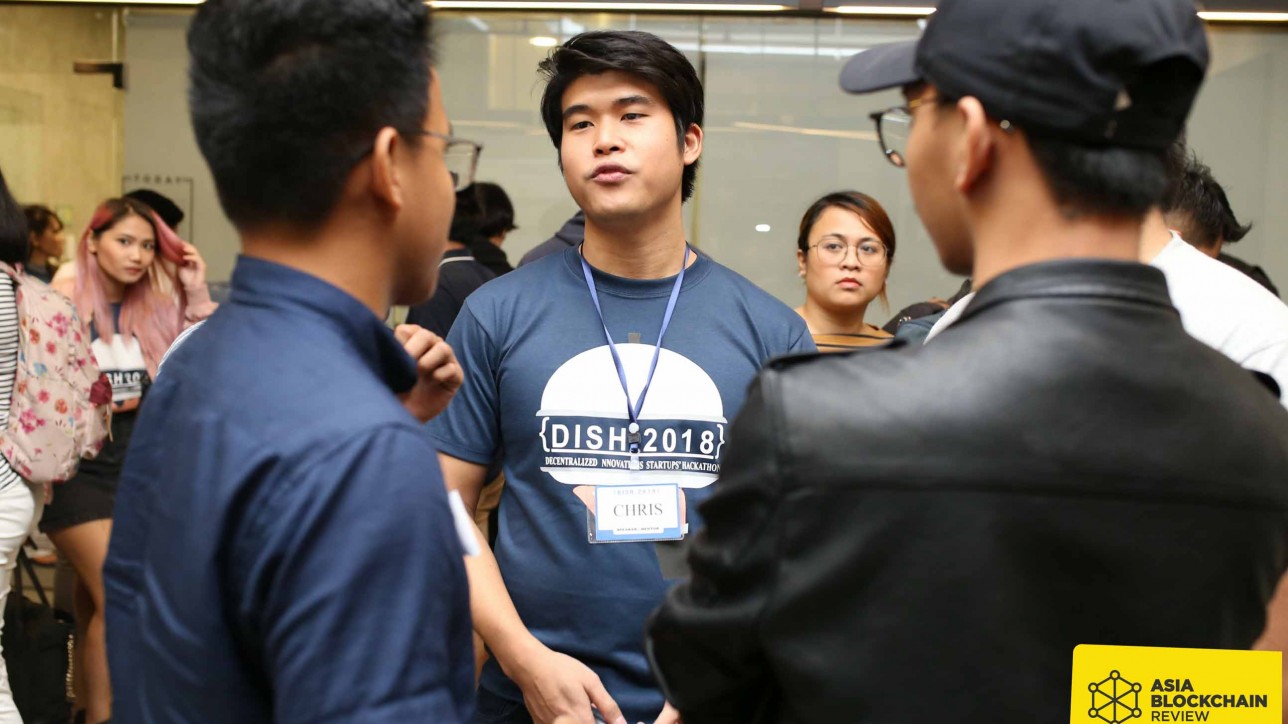Last 06/07 April, 2019, the annual DISH Hackathon was held in Metro Manila, Philippines
The event was led Blockdevs Asia and hosted by Lisa JY Tan, Token Economist and Researcher at Economics Design, and Amadeo Brands CTO of EOI Digital
The DISH 2019 Hackathon was a successful event that was created in order to create and integrate blockchain into companies and pioneer blockchain developers here in Metro Manila. Lisa Tan and Amadeo Brands gave an overview of token economics and token engineering which they said was a way of the future. And, the commercial and economic part of the Decentralized Innovation Startup Hackathon (DISH) in the rating criteria for the prices.
The event began with highlighting what the audience could take away from the event. And also, they listed that they audience would be hearing about the following topics:
- 101 Understanding of Token Economics vs Cryptoeconomics
- High level understanding of the design process
- Methods and considerations in specific mechanism design (TCR, TBC)
The Difference Between Token Economics and Cryptoeconomics
| Description | Cryptoeconomics | Token Economics | |
| Blockchain Platform |
| ✔ | ✘ |
| Network Economics |
| ✔ | ✔ |
| Systems Properties |
| ✔ | ✔ |
They emphasized that the difference between token economics and cryptoeconomics is cryptoeconomics deals with anything that involves cryptography which includes blockchain and token economics is a subset of cryptoeconomics and involves the token ecosystem.
As seen in the table above, they presented a diagram of a framework discussing what cryptoeconomics and token economics contain. This is namely blockchain platform, network economics and system properties. While cryptoeconomics involves all three of them, token economics mainly involves network economics and system properties only.
Blockchain Platform
- Described as “Data of the Past”
- How you are going to govern the cryptocurrency and its underlying platform
- More likely your Byzantine Agreement
Network Economics
- Described as “Economic Incentives of the Present”
- Deals with consensus mechanisms, governments, allocation protocol, resolution mechanisms, built-in protocol
- Describes how you are going to make your network move (by giving incentives, for example)
System Properties
- Described as “System Properties in the Future”
- Deals with the money supply and demand and money circulation
As these ideas are interrelated, it will be easier to look at the concepts as a timeline in the same way they were described above. With token economics, we look into the concept of the protocol layer of cryptoeconomics, but not necessarily deal with them when creating tokens.
The Design Process

The Three Steps
Discovery deals with actors in the ecosystem, the token business model, the value add of the network and the pain/gain points
Design deals with defining the objectives and constraints of a token in order to come up with the proper incentives and tokenization design and make the network move. As with every token, one design does not fit all so this part is very crucial in creating tokens.
Deploy involves running tests, surveys, theories, simulations, behavioral experiments and A/B tests. The results of this phase would determine if a token has a perfect ecosystem. If needed, the token can go back again into the discovery phase.
Token Economics Framework
The framework involves three variables: (1) market design (2) mechanism design (3) token design. It was emphasized that variable has different significance and that the framework includes only the internal variables. The external variables include legislations, the development team, the popularity of blockchain, etc.
| Market Design | Mechanism Design | Token Design |
| Thickness | Governance | Token Policy |
| No Congestion | Non-financial Incentives | Financial Incentives |
| Safety | Structure | Architecture |
This was preceded with emphasizing the emerging discipline of token engineering as blockchain is predicted to become part of daily life structure. Token engineering remains an important part of technological development.
The event was concluded with a ‘question-and-answer’ forum, where the audience talked more about token economics and engineering.
The speakers gave out exclusive references and guideline to the audience.
See here a full video of the workshop:
Disclaimer: DISH Hackathon is a startup challenge that aims to enable Metro-Manila based developers to prototype and build relevant and sustainable platforms using blockchain technology.
No portion of this document may be copied, revised, edited without permission. All rights reserved. © 2019
